If you've ever stared into your spice rack wondering what magic combo turns a humble pork chop into a flavor-packed masterpiece, this guide is crafted exclusively for home cooks and culinary enthusiasts seeking to master pork chop seasoning. We reveal how scientific flavor pairing principles transform ordinary meals into extraordinary dining experiences through precise spice application—without requiring professional kitchen experience.
Table of Contents
- Why Spices Matter for Pork Chops
- Classic Spice Blends That Never Fail
- Modern Twists & Creative Combinations
- How to Use Spices Like a Pro
- Spice Rack Essentials for Pork Lovers
- Common Mistakes (and How to Avoid Them)
- Pairing Suggestions: Herbs and Spices Together
- Storage Tips: Keep Your Spices Fresh and Flavorful
- Frequently Asked Questions
- Conclusion
Why Spices Matter for Pork Chops
Pork chops serve as a flavor canvas due to their high fat content, which uniquely bonds with fat-soluble compounds in spices like cumin and paprika. This scientific interaction creates deeper flavor penetration than leaner meats allow—explaining why bold spices excel with pork. Proper seasoning transforms underwhelming cuts into complex, layered dishes through chemical reactions during cooking, moving beyond superficial flavor masking to molecular flavor integration.
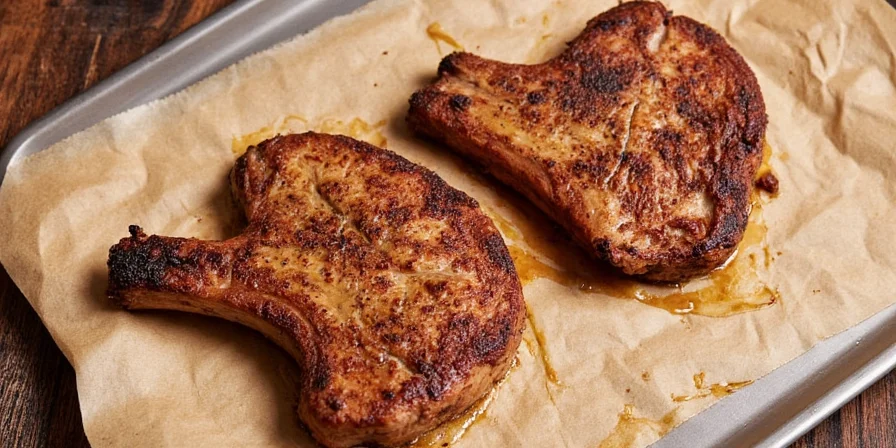
Classic Spice Blends That Never Fail
These time-tested combinations leverage pork's natural properties for reliable results. Each blend balances complementary compounds that enhance rather than compete:
| Spice/Blend | Flavor Profile | Best For |
|---|---|---|
| Black Pepper | Earthy, sharp, slightly spicy | Searing, roasting |
| Garlic Powder | Bold, savory, aromatic | Any method |
| Paprika | Smoky, sweet, slightly earthy | Grilling, roasting |
| Thyme | Woodsy, lemony, herbaceous | Roasting, slow cooking |
| Italian Seasoning Blend | Herby, balanced, aromatic | Stews, braises |
Modern Twists & Creative Combinations
Contemporary approaches focus on compound synergy rather than regional imitation. These scientifically-informed pairings maximize flavor release:
- Chili + Lime: Capsaicin in chili binds with pork fat while citric acid accelerates flavor compound diffusion.
- Cumin + Coriander: Terpenes in coriander enhance cumin's earthy notes through complementary molecular structures.
- Tandoori Masala: Acidic components in yogurt-based marinades break down muscle fibers for deeper spice absorption.
- Cajun Seasoning: Balanced heat levels prevent flavor masking—key for thick-cut chops.
- Lemon Pepper + Rosemary: Volatile oils in rosemary stabilize when paired with citrus compounds.
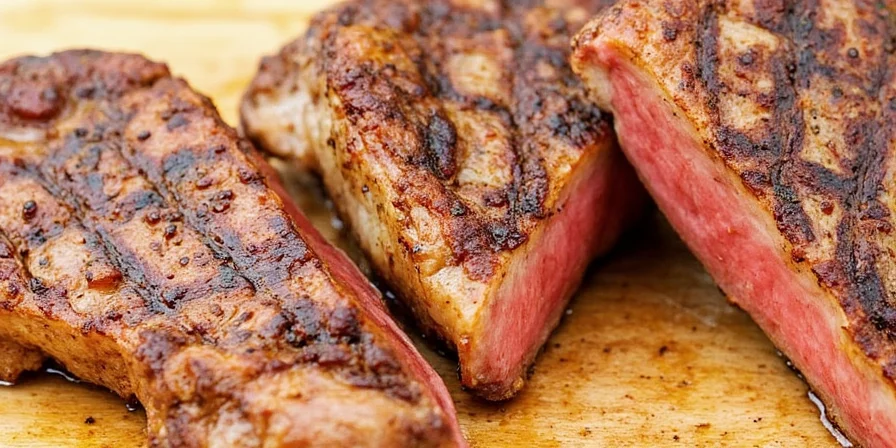
How to Use Spices Like a Pro
Effective application follows biochemical principles. These evidence-based techniques optimize flavor development:
- Dry Brine First: Rub spices onto chops and rest 30+ minutes—salt draws out moisture that redissolves spices for deeper penetration.
- Layer Flavors: Apply salt-soluble compounds (garlic/onion powder) before fat-soluble spices (paprika/cumin) for sequential flavor release.
- Use a Meat Thermometer: Cook to 145°F internal temperature—excess heat degrades delicate flavor compounds.
- Add Fresh Herbs Post-Cooking: Heat-sensitive oils in cilantro/parsley degrade above 140°F; add after cooking.
- Experiment With Rubs: Include 5-10% sugar in dry rubs to catalyze Maillard reaction without burning.
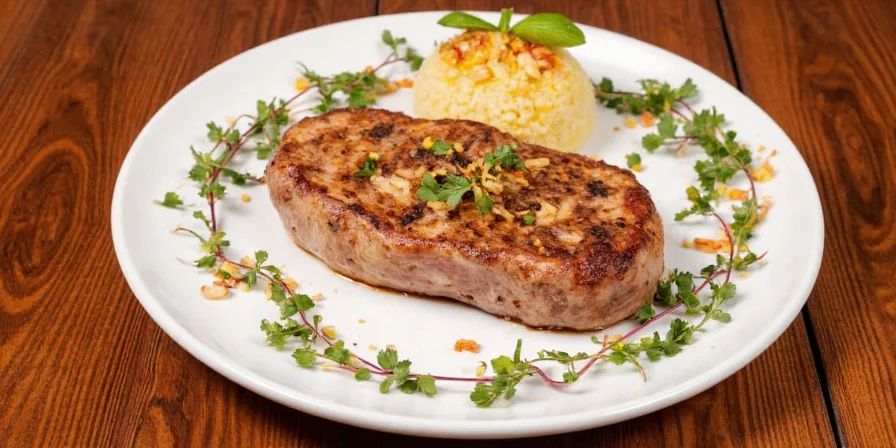
Spice Rack Essentials for Pork Lovers
These eight foundational spices cover 95% of pork applications through compound versatility:
- Black Pepper (piperine)
- Garlic Powder (allicin)
- Paprika (capsanthin)
- Thyme (thymol)
- Cumin (cuminaldehyde)
- Coriander (linalool)
- Cayenne (capsaicin)
- Rosemary (carnosic acid)
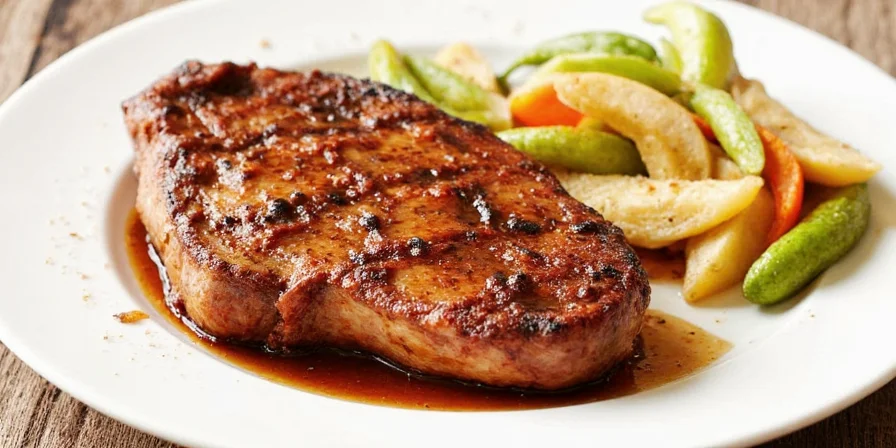
Common Mistakes (and How to Avoid Them)
Avoid these flavor-compromising errors through chemical awareness:
- Overloading Acidic Components: Excess vinegar/citrus denatures proteins prematurely—use acids in finishing sauces only.
- Ignoring Spice Age: Ground spices lose 50% volatile compounds within 6 months—discard if aroma is faint.
- High-Heat Application of Delicate Spices: Add saffron/cinnamon in last 5 minutes of cooking to preserve aromatic compounds.
- Uniform Application: Adjust ratios based on cut thickness—double cayenne for thick chops versus standard for thin.
- Mixing Oxidized Spices: Old paprika creates bitter compounds when blended with fresh cumin—replace spices simultaneously.
Pairing Suggestions: Herbs and Spices Together
These combinations exploit molecular compatibility for flavor synergy:
| Spice Pairing | Flavor Notes | Perfect For |
|---|---|---|
| Thyme + Lemon Zest | Fresh, bright, herbal | Spring or summer dinners |
| Smoked Paprika + Brown Sugar | Smoky, sweet, caramelized crust | BBQ-style grilled chops |
| Cumin + Cilantro | Earthy, citrusy, exotic | Mexican or Moroccan dishes |
| Rosemary + Garlic | Woody, savory, rustic | Oven-roasted or pan-fried chops |
| Cajun Mix + Worcestershire | Spicy, tangy, robust | Cast-iron skillet seared goodness |
Storage Tips: Keep Your Spices Fresh and Flavorful
Preserve volatile compounds through proper containment:
- Use Amber Glass Jars: Blocks UV light that degrades terpenes in herbs like thyme.
- Vacuum Sealing: Eliminates oxygen exposure that oxidizes cumin's aldehydes.
- Freeze Whole Spices: Grind cumin/coriander seeds immediately before use for 300% more aromatic compounds.
- Separate Acidic Components: Store citrus zests separately from base blends to prevent premature reaction.
- Track Degradation: Note purchase dates—ground spices peak at 6 months, whole seeds at 2 years.
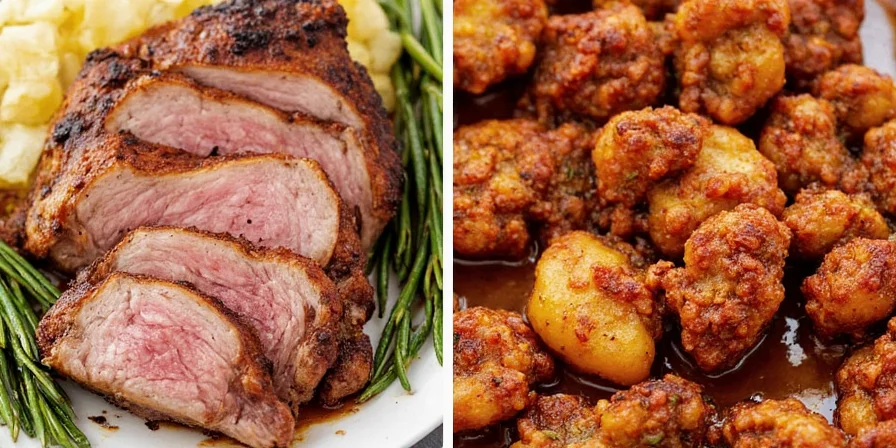
Frequently Asked Questions
What spice combination works best for thick-cut pork chops?
Use a double-layered approach: Apply salt and garlic powder 2 hours before cooking for deep penetration, followed by a high-heat rub of smoked paprika, cumin, and 5% brown sugar 30 minutes pre-cook. This creates flavor gradients that match the chop's density.
Why do my spice rubs burn during searing?
Sugar content exceeding 10% causes rapid caramelization. Reduce sugar to 5% and add rub after initial sear. Alternatively, use erythritol—a sugar alcohol with higher burn point (320°F vs. sucrose's 320°F) that caramelizes without burning.
Can I substitute fresh herbs for dried spices?
Yes, but adjust ratios: Use triple the quantity of fresh herbs versus dried due to water content. However, never substitute fresh for dried in dry rubs—moisture prevents proper searing. Reserve fresh herbs for finishing garnishes or infused oils.
How does pork fat content affect spice selection?
High-fat chops (like rib chops) absorb bold, fat-soluble spices (cumin, paprika) effectively. Lean cuts (tenderloin) require lighter, water-soluble compounds (onion powder, citrus zest) to avoid overwhelming delicate flavors. Adjust spice intensity based on visible marbling.
Conclusion
Mastering spices for pork chops hinges on understanding biochemical interactions between spice compounds and pork's unique composition. By applying these evidence-based techniques—from strategic dry brining to molecular pairing principles—you'll consistently achieve layered flavors that transcend basic seasoning. The key lies in respecting both the science of flavor compounds and the art of balanced application. Now equipped with these precision methods, transform every pork chop into a scientifically perfected culinary experience where every bite delivers intentional, harmonious flavor development.
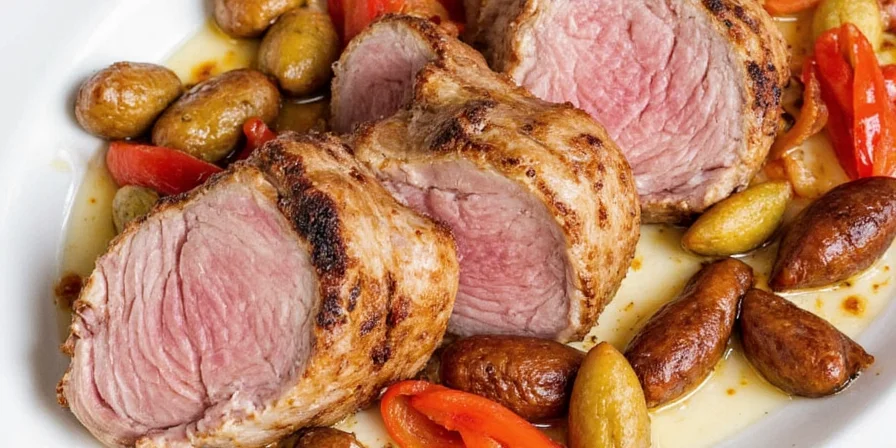

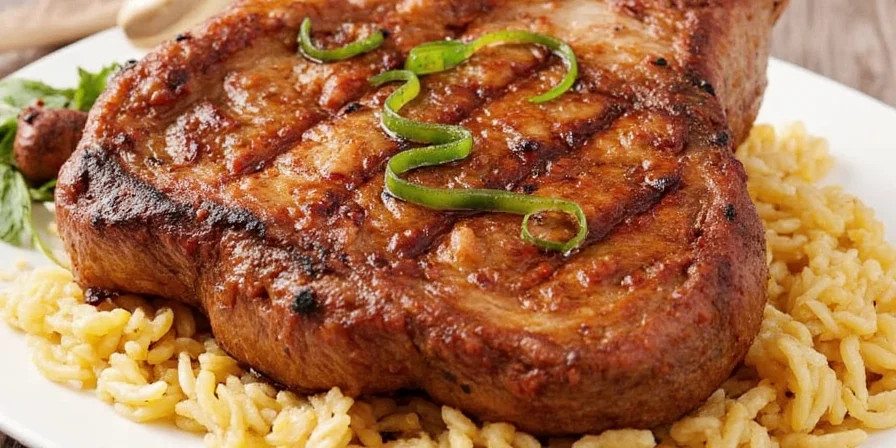









 浙公网安备
33010002000092号
浙公网安备
33010002000092号 浙B2-20120091-4
浙B2-20120091-4